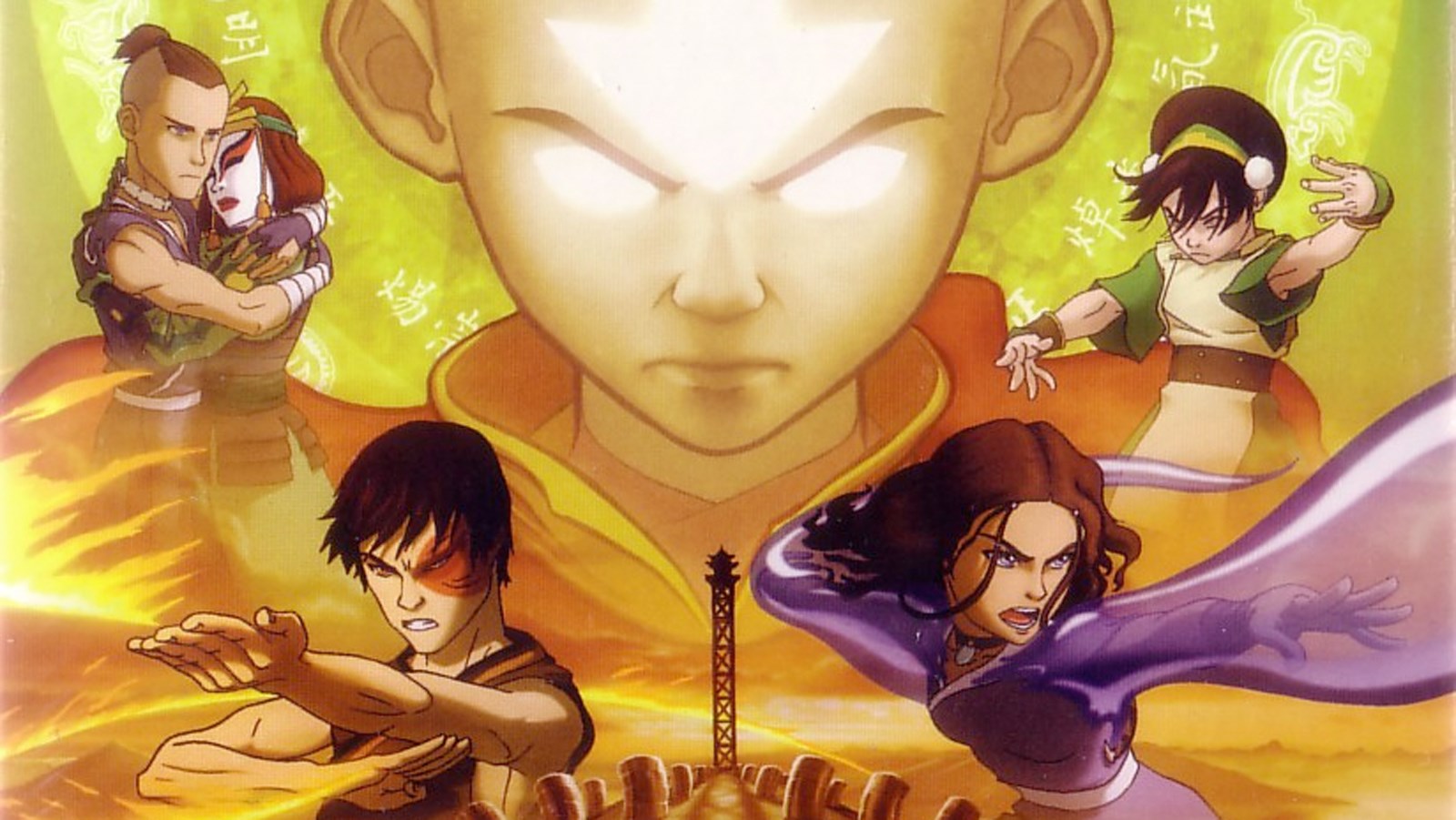Avatar: The Last Airbender season one feels like such a long time ago. I enjoyed it, I did, in the innocent way you enjoy things when you’re a kid, and your priorities are having something light and fun to entertain you. And then came season two, and with it came even bigger stakes, even more character growth, and a real love for the show.
There’s a different between I enjoyed this and I would kill for these characters, and Avatar: The Last Airbender season 2 takes you there, boy does it. In fact, it does such a good job of taking you on the journey towards feeling things not just for Aang, Katara and Sokka, but for new characters like Toph and old antagonists like Zuko (and Uncle Iroh, on a lesser scale), that when I finished season 2 my first thought was: okay, let’s get on with season 3.
Well, that and damn you, Zuko.
I understand character arcs, I do. I figured we might see him make the really, really wrong choice, before he had to make the good one – especially as that would make it even harder. But that doesn’t mean that the show hadn’t taken me to a place where I actually expected, no, wanted Zuko to make the right choice, and was disappointed when he didn’t.
This was literally me as he joined Azula, I swear:

Zuko’s character arc is the most obvious, but I also feel we should take some time to talk about two other characters who grew a lot, in maybe less noticeable ways than Aang, who we, of course, see grow before our very eyes, as he gets more powerful. I’m talking, of course, about Toph and Sokka.
Toph has a mini-Zuko arc, if you will, because she isn’t evil, she’s just …well, a brat at times, and self-absorbed and not good at having friends, or being part of a team. That all comes from her upbringing, though, and in many ways it sorta mirrors the kind of journey Zuko will need to go through to become …well, the Fire Lord this universe needs him to be, the one who can actually help the Avatar bring, you know, balance.
But Toph grows before our very eyes, slowly, and by the end of the season, she feels less like the girl they picked up along the way to teach Aang earthbending, and more like an integral part of Team Avatar. What was the team before Toph? We don’t remember, and we don’t want to.
Then there’s Sokka, who’s always been the brains of this team, and who becomes, in season 2, the true leader, in so many ways. He started as the funny guy – but his humor, and his whole existence, had a sense of entitlement to it. He learned soon, though, and the guy who didn’t understand his place in the world – or respect the journey of others became the best leader by just being the one who gets what the rest of the team needs, and makes sure everyone is in the place to be the best they can be.
Aang remains, however, the center of this show in a good way. He’s fun, he’s goofy, and he’s inherently good. He can grow into a better understanding of all of that, but he doesn’t need to fundamentally change who he is.
If anything, he just needs to understand himself better, so he can achieve better control.
Some would call Aang boring, and maybe Katara too. They’re the moral centers of the show, and I understand how that, sometimes, feels less flashy than the characters like Zuko, who need more of an arc, who we see grow and change and become better. The ones we see fall and then rise up again. But a show like this can’t work without the moral center, and that isn’t always a burden Aang can carry by himself.
That’s why Katara is such an important, if sometimes stagnant piece in this Avatar puzzle. Every one of them is. This is a very tight, well plotted show, but it’s also one that understands that characters need to drive the story, not the other way around.
Yes, we care about the end of the war, but we mostly care about these kids, trying to save the world. We want to see them win, not just because we believe in this abstract idea of good defeating evil, but because we want to see them win.
Bring on season 3 and the end of those journeys.
Avatar: The Last Airbender is available to stream on Netflix.

